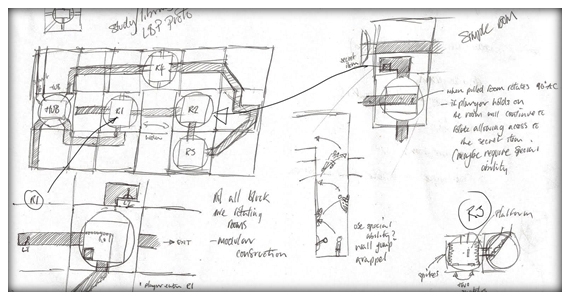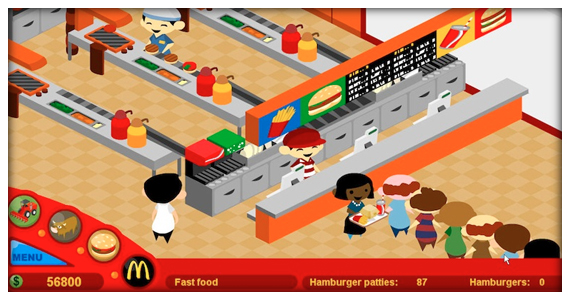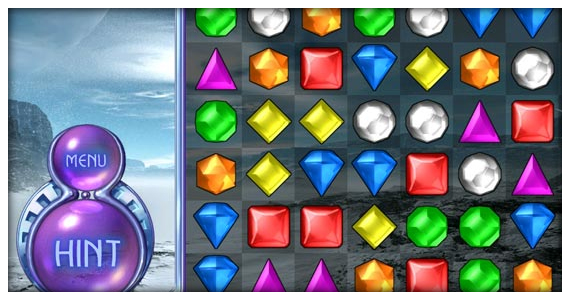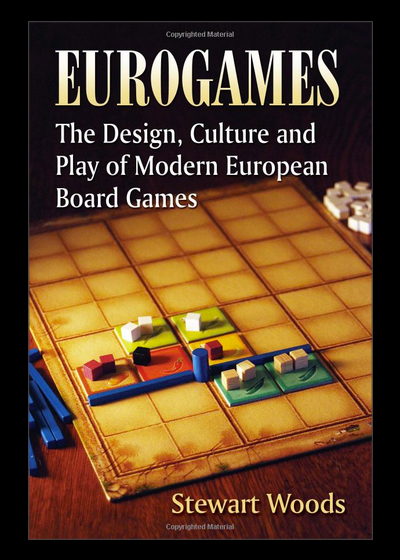I'm an old school gamer. I started my gaming activities in the early eighties with the Atari console and pocket electronic games. Since then, I've played a lot of games in many different platforms, and there's a common element in all these games that attracts my attention: the "level design".
From simple to complex games, level designing is an important piece and essential component for a good (and immersive) experience to the player.

(Image source: BarryHevan's Game Design Blog)
As Adams and Rollings point out, level design is the process of building the experience that will be offered directly to the player, using components provided by the game designer. Level designers create the space in which the game takes place, the initial conditions of the level, the set of challenges the player will face within the level, the termination conditions of it, the interplay between the gameplay and the game’s story and the aesthetics of the level. (2007, p.399 & 400).
As Fullerton says, games that are organized into levels will need someone to actually design and implement each level. If your project is very small, you might design all the levels yourself. On a larger project, however, the game designer often leads a team of level designers who implement their concepts for the various game levels, and sometimes come up with ideas for levels themselves. And an important point: level designers use a toolkit or “level editor” to develop new missions, scenarios, or quests for the players (2008, p.361 & 362).
The Pac Man game for Atari (1982) has only one level. The ghosts get faster as each stage ends, but the maze is still the same. On the other hand, the God of War game for Playstation (2005) has huge screens where there are multiple challenges and a more complex level design with puzzles and many enemies.
An important point to highlight is: games can have simple level design and be as good as extremely complex games. Remember: the focus is on the player and how much fun he or she gets from the game.
References:
ADAMS, Ernest; ROLLINGS, Andrew. Fundamentals of Game Design. New Jersey: Pearson Prentice Hall, 2009
FULLERTON, Tracy; SWAIN, Christopher; HOFFMAN, Steven. Game design workshop: a playcentric approach to creating innovative games. Burlington: Morgan Kaufmann Publishers, 2008.
From simple to complex games, level designing is an important piece and essential component for a good (and immersive) experience to the player.

(Image source: BarryHevan's Game Design Blog)
As Adams and Rollings point out, level design is the process of building the experience that will be offered directly to the player, using components provided by the game designer. Level designers create the space in which the game takes place, the initial conditions of the level, the set of challenges the player will face within the level, the termination conditions of it, the interplay between the gameplay and the game’s story and the aesthetics of the level. (2007, p.399 & 400).
As Fullerton says, games that are organized into levels will need someone to actually design and implement each level. If your project is very small, you might design all the levels yourself. On a larger project, however, the game designer often leads a team of level designers who implement their concepts for the various game levels, and sometimes come up with ideas for levels themselves. And an important point: level designers use a toolkit or “level editor” to develop new missions, scenarios, or quests for the players (2008, p.361 & 362).
The Pac Man game for Atari (1982) has only one level. The ghosts get faster as each stage ends, but the maze is still the same. On the other hand, the God of War game for Playstation (2005) has huge screens where there are multiple challenges and a more complex level design with puzzles and many enemies.
An important point to highlight is: games can have simple level design and be as good as extremely complex games. Remember: the focus is on the player and how much fun he or she gets from the game.
References:
ADAMS, Ernest; ROLLINGS, Andrew. Fundamentals of Game Design. New Jersey: Pearson Prentice Hall, 2009
FULLERTON, Tracy; SWAIN, Christopher; HOFFMAN, Steven. Game design workshop: a playcentric approach to creating innovative games. Burlington: Morgan Kaufmann Publishers, 2008.






